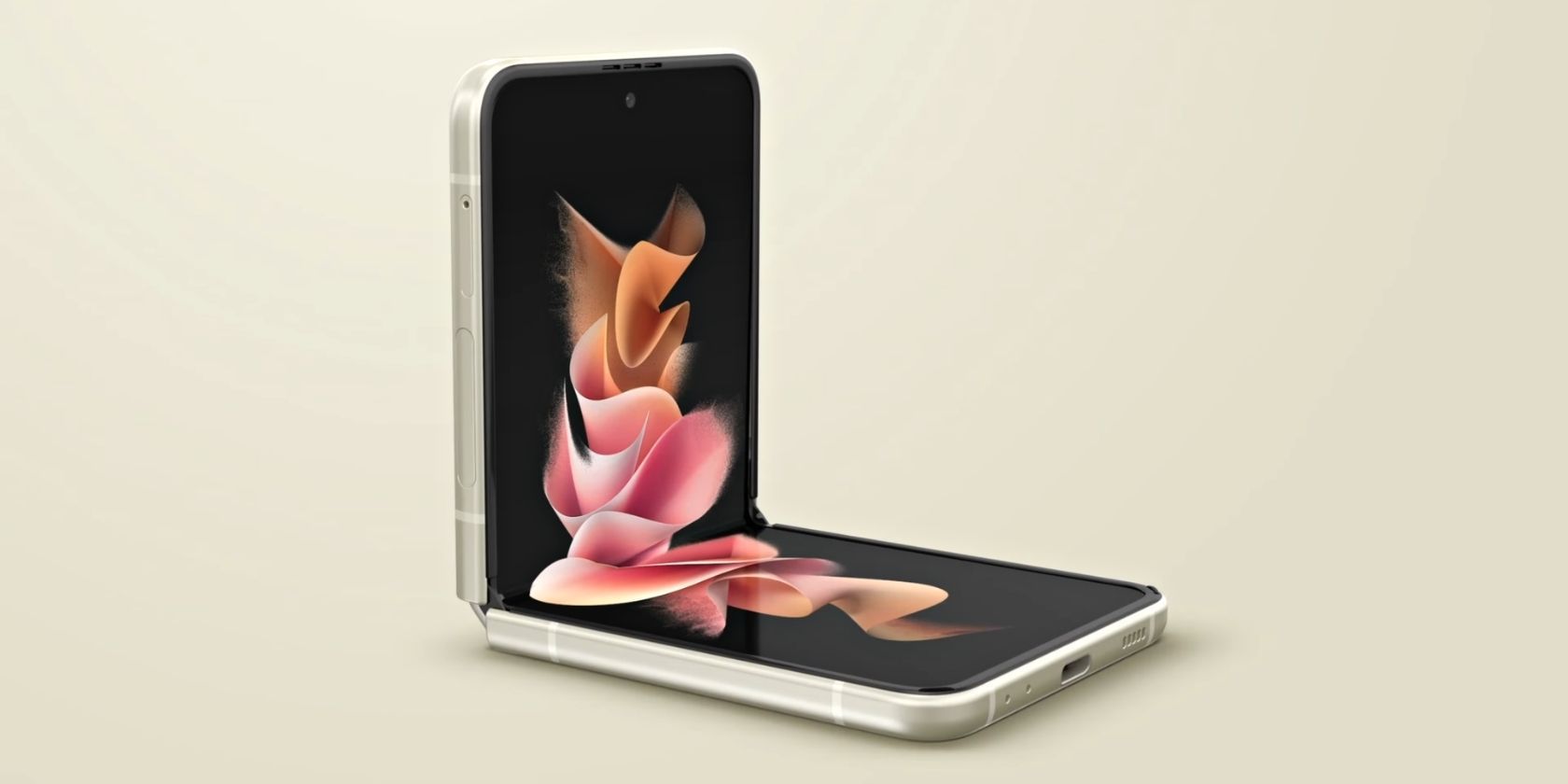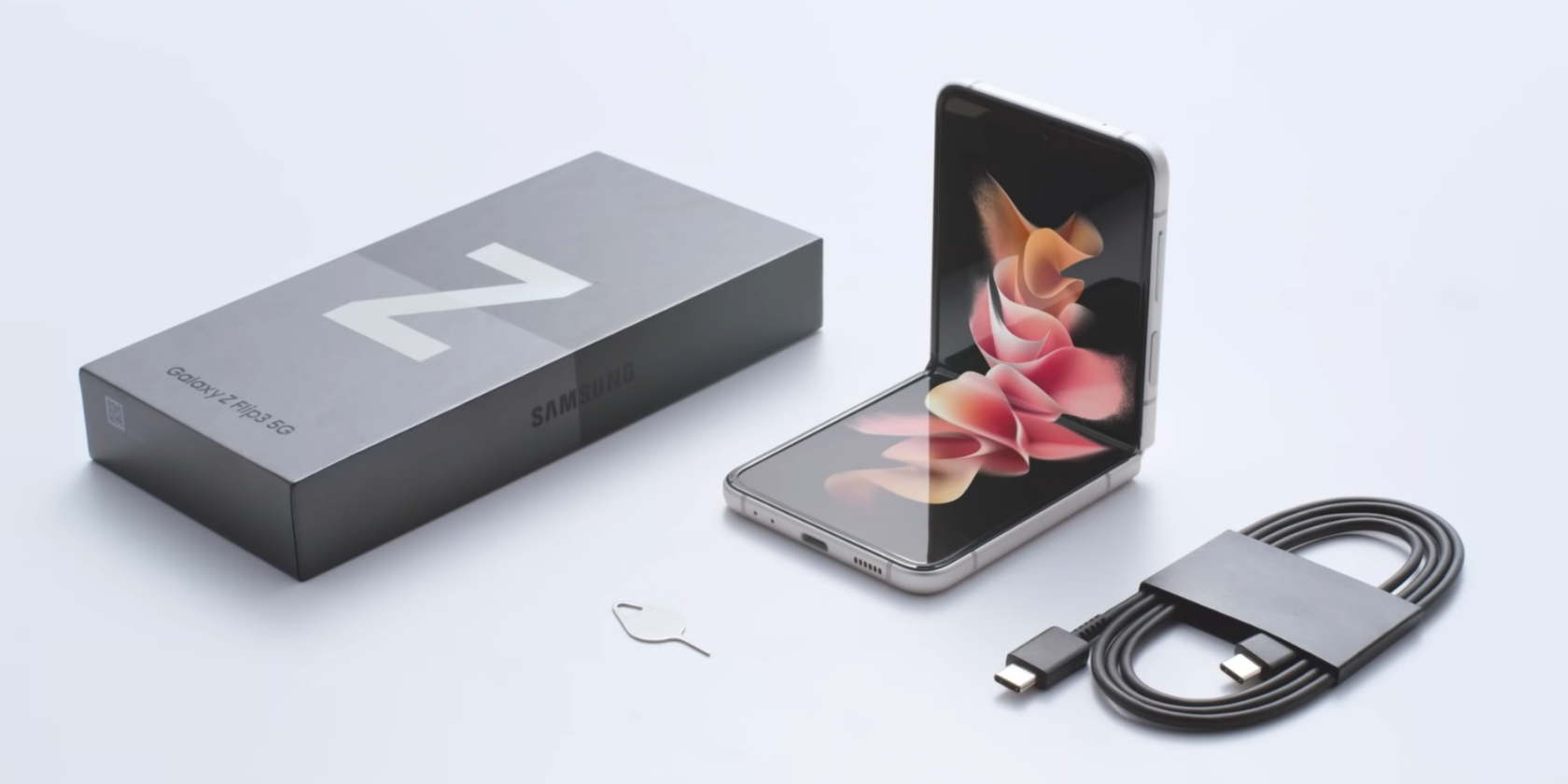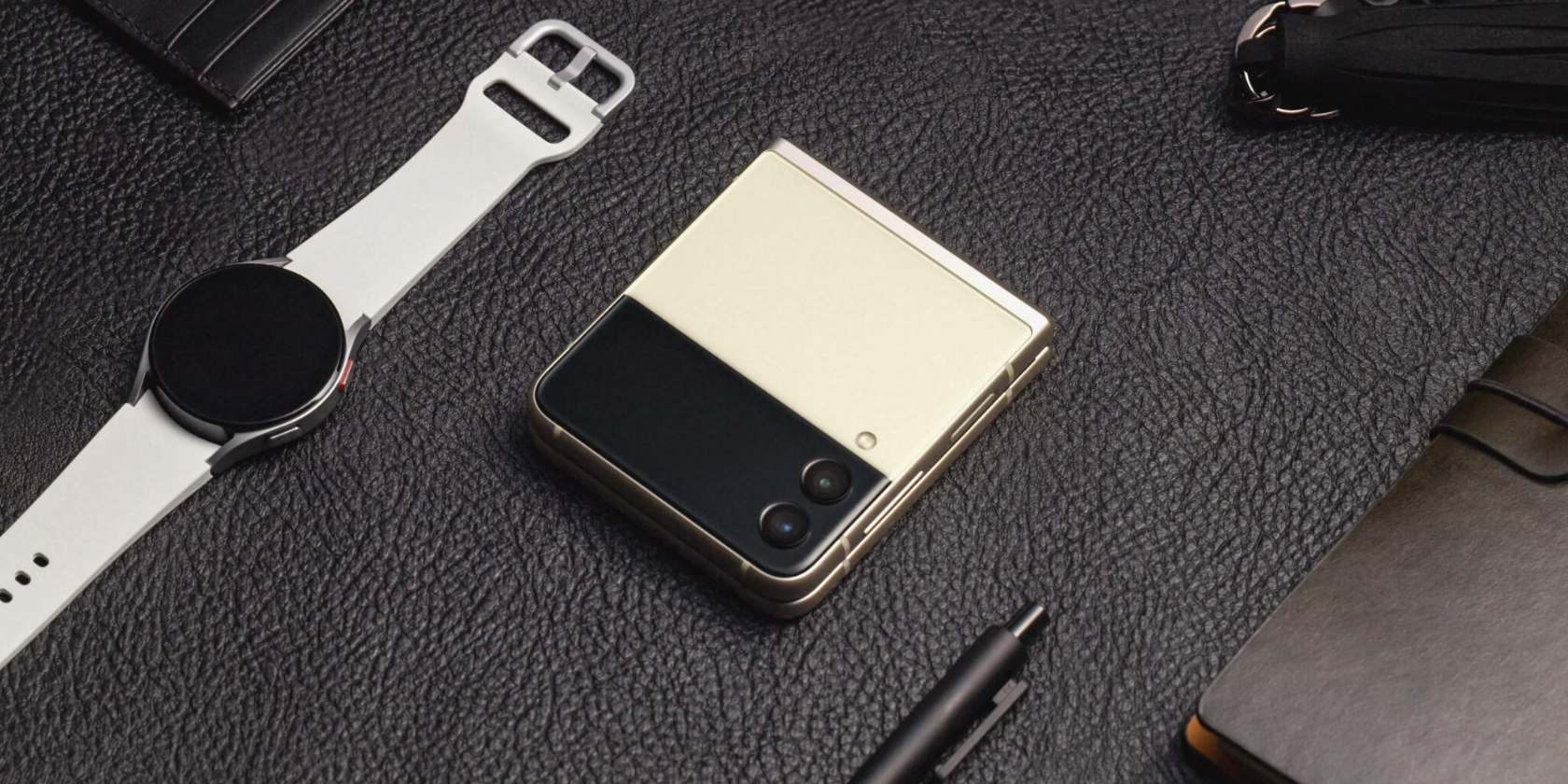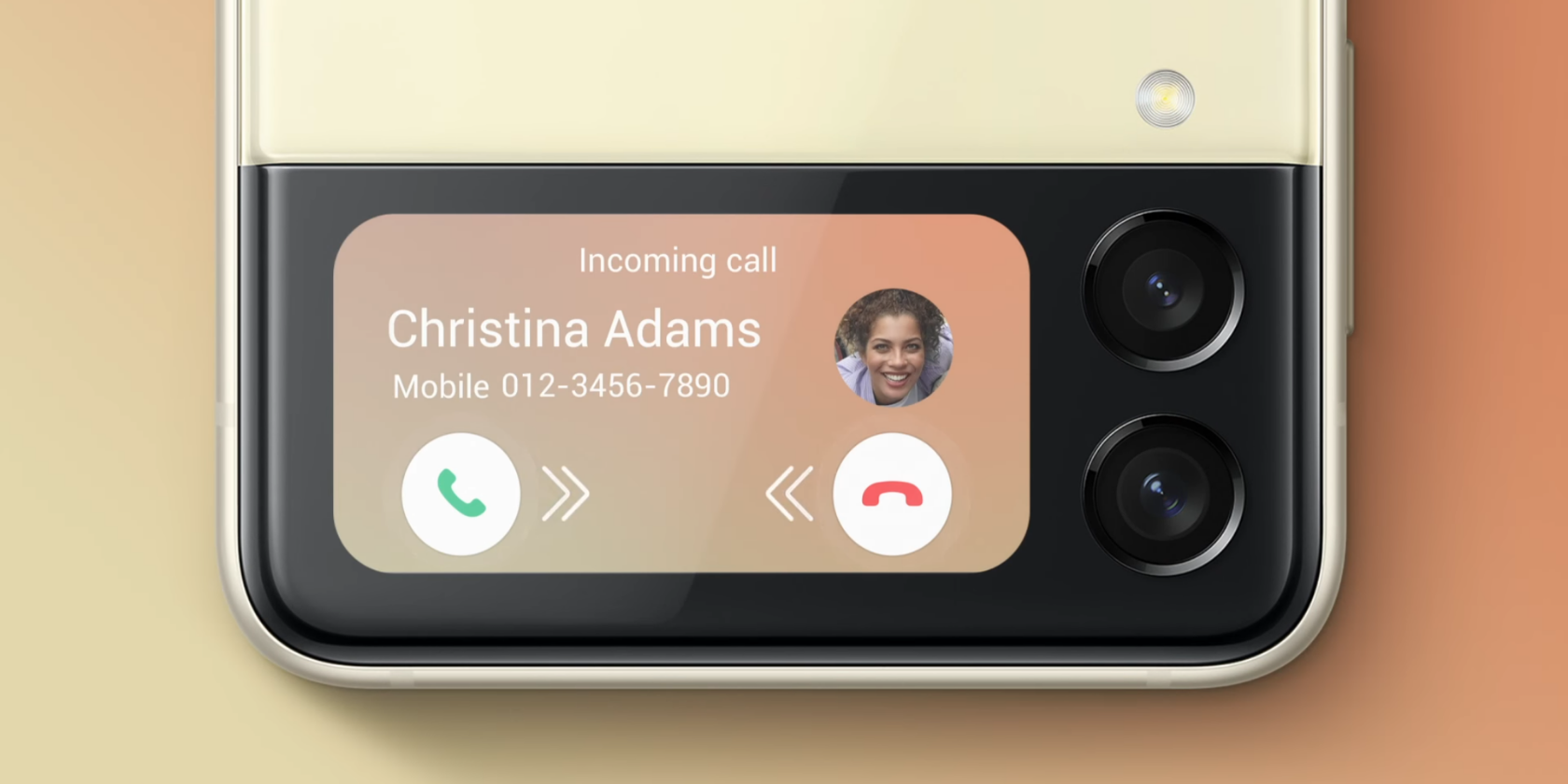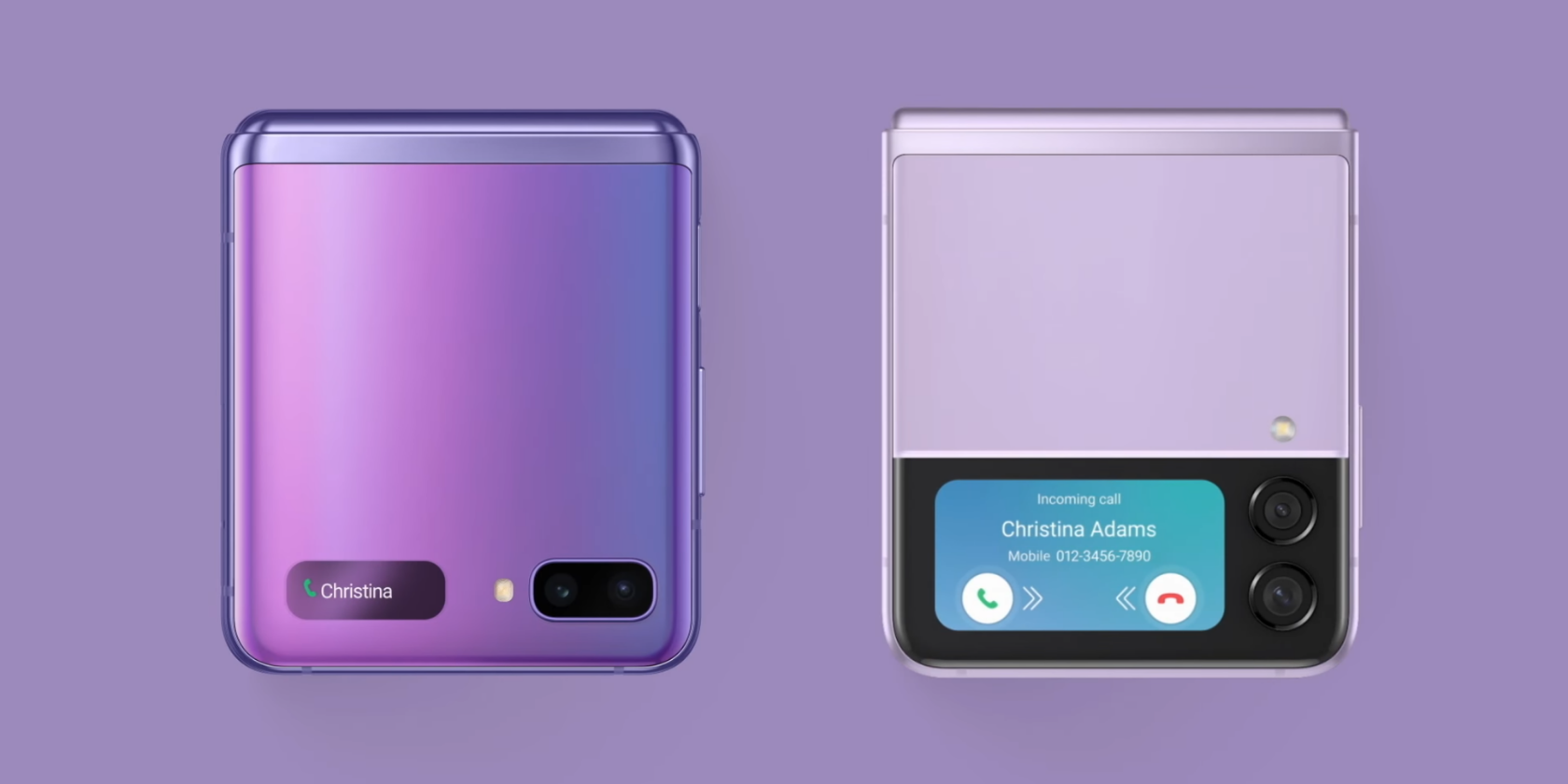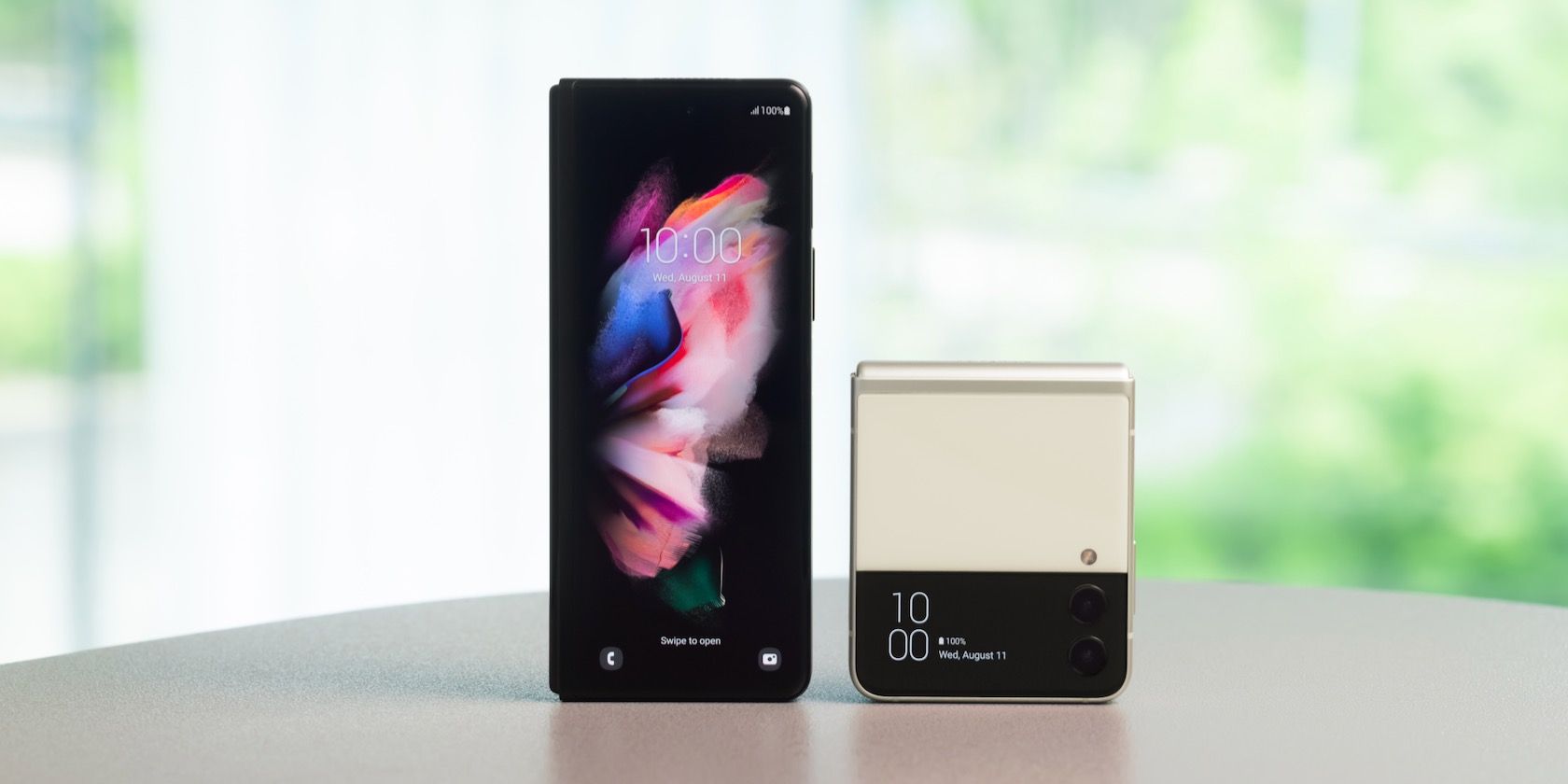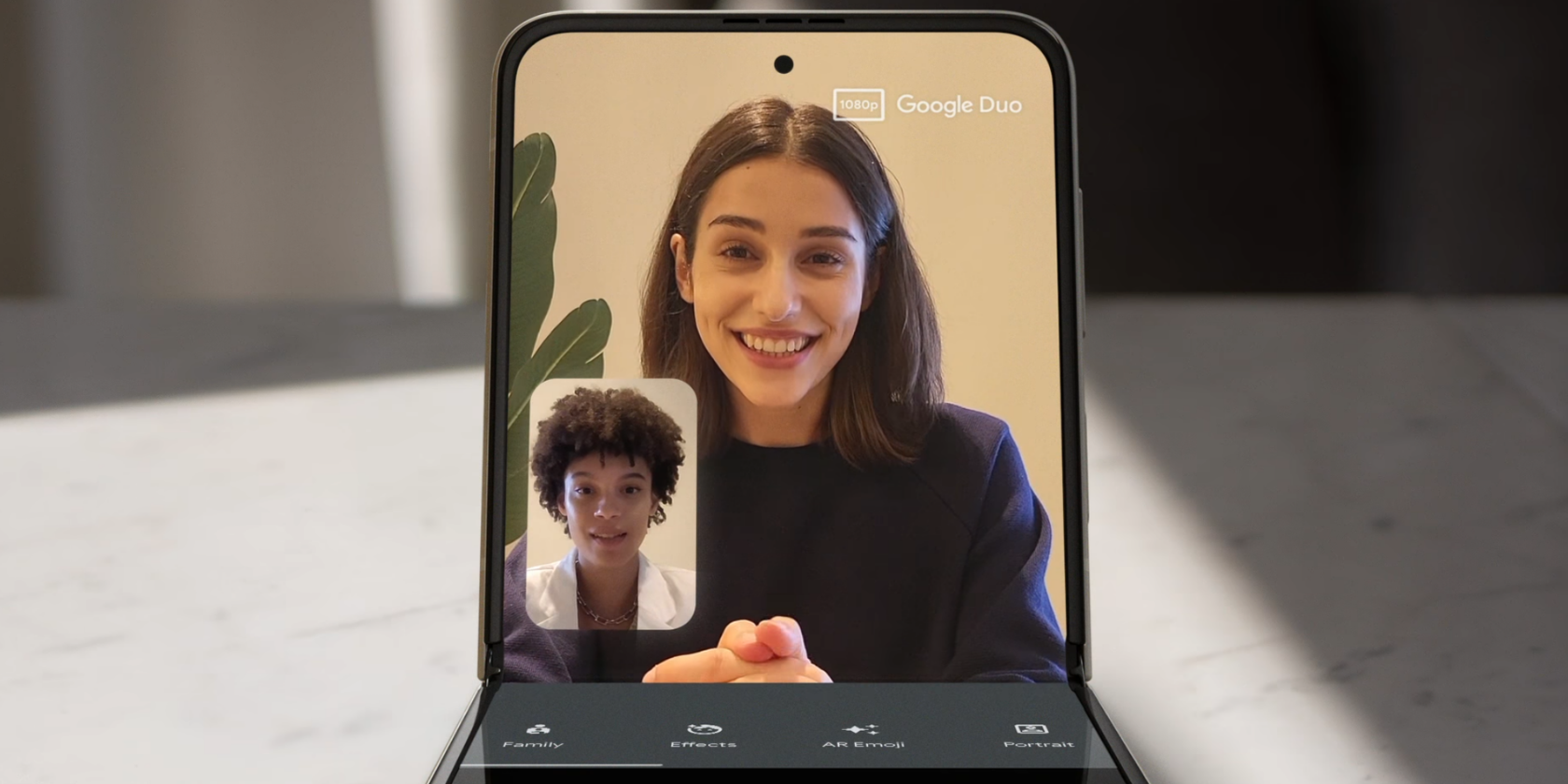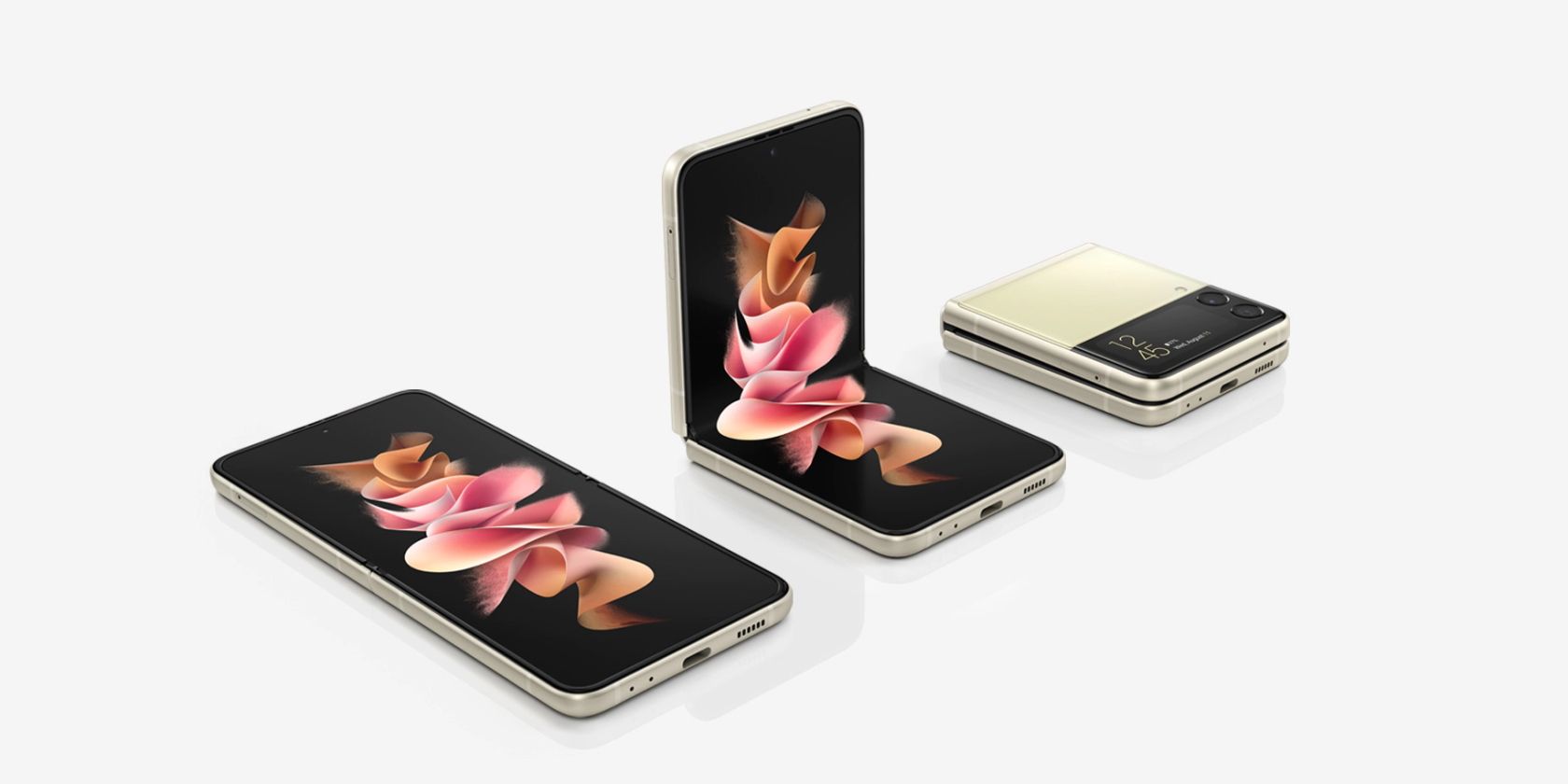Ever since the launch of the first foldable phone, the sentiment about this new form factor has been the same. A lot of people would come to see the devices and new technology, but nobody would actually buy it—and for good reason. While the tech was surely novel and invited a lot of curiosity, a lot more goes into buying than pure amazement—especially in tech.
Form follows function, or at least, it should. But for foldable smartphones, that wasn't the case. The form was introduced way before its functionality could be determined. The result? Awkward hands-ons, doubts about the tech's usefulness, and just an overall unflattering experience. This year, Samsung intends to break that rut.
Galaxy Z Flip 3 Is Cheaper, Tougher, and Water-Resistant
The newly-announced Samsung Galaxy Z Flip 3 5G is a younger sibling to the Galaxy Fold 3. This pocket-friendly foldable phone, both literally and metaphorically, can fit easily in your back pocket and is $200 cheaper than its predecessor, the Z Flip 5G. The device comes in seven color options and is marketed as a fashion statement.
But the upgrade from Z Flip to Z Flip 3 (there was no Flip 2) doesn't feel as significant as a second-generation device should. According to Samsung's research, the two main reasons people don't buy foldable phones are price and durability. The Z Flip 3 is built primarily to solve those problems with some new features sprinkled on top.
If you're in the market to buy a foldable phone, you'd want to know how tough and how resistant to outside elements like water and dust the device is—given how fragile and perishable foldable devices usually tend to be.
The Galaxy Z Flip 3 addresses this concern via some major hardware improvements.
For starters, the device's back panel is protected by Gorilla Glass Victus, while the frame and the hinge are made of Armor Aluminum. On the front, the screen protector is now 80% more scratch-resistant. Impressively, the Flip 3 has an IPX8 rating which means the device can withstand being submerged in water for up to 1.5 meters for 30 minutes.
However, the 'X' in IPX8 means the device isn't tested against dust protection. The bristles underneath the Z Flip 3's hinge can help keep some of that out—although taking the device to the beach will probably be a bad idea. The hinge is reportedly tested 200,000 times to ensure that flipping the Z Flip 3 won't cause problems in the long run.
The cover screen on the back is protected by Corning's new Gorilla Glass DX. The side-mounted fingerprint sensor is fast.
As far as dimensions are concerned, the Z Flip 3 is smaller, slimmer, and narrower than its predecessor. This more compact size makes it easier to carry around in bags, pockets, and in hand.
The Cover Screen Is Practical
The clamshell foldable Galaxy Z Flip 3 comes with a handful of display improvements on both the front and the back.
First, let's talk about that cover screen on the back. The predecessor's cover screen was an unusual but interesting addition to the new foldable concept. But that's about it; there wasn't much functionality to it.
Samsung marketed the Z Flip's cover screen as a convenience feature stating that you don't have to unfold your device and be distracted by notifications if all you wanted to do is just check your messages, change the music track, or snap a quick photo, etc.
But the cover screen didn't deliver on that promise given its tiny real estate. At best, you could check the date and time and your battery percentage. Most of the time, the texts that you receive were only partially displayed—interrupting the context of the message—and having you unfold the device anyway.
For example, you probably wouldn't want to wake up to reading "OMG! I didn't expect this..." on your cover screen when the text actually reads "OMG! I didn't expect this but I scored 94%!!". It's almost like reading a clickbait YouTube video title every time you get a new message.
Fortunately, the Z Flip 3 addresses this with a larger 1.9-inch Super AMOLED cover screen scaling 260x512 pixels while the predecessor is limited to 1.1 inches scaling 112x300 pixels.
Despite the improvement, it's worth considering that the 2019-released Motorola Razr has a 2.7-inch equivalent scaling 600x800 pixels. But credit where it's due, the Z Flip 3's cover screen does provide real functionality this time instead of just being a "cool new thing".
Galaxy Z Flip 3 Doesn't Compromise on Display
When unfolded, the Z Flip 3 5G reveals a Foldable Dynamic AMOLED 2X panel stretching to an unusually tall 22:9 aspect ratio with HDR10+ support and a 120Hz refresh rate—a big upgrade from its predecessor's mediocre 60Hz refresh rate.
The display stretches 6.7 inches with an FHD resolution at 1080x2640 pixels and a pixel density of around 426ppi. It scales to about 84.7% screen-to-body ratio and can hit a peak brightness of 1200 nits, which is plenty bright for outdoor use.
But among all of these improvements, the crease running side the middle of the inside screen is still visible at most angles and is noticeable to touch, which may feel interrupting in everyday use.
Same Cameras, Better Use Cases
The camera setup on the Galaxy Z Flip 3 is completely identical to its predecessor. That includes a 12MP main sensor with Optical Image Stabilization, a 12MP ultrawide lens, and a 10MP front camera.
It can shoot up to 4K video on both the front and the back at 30fps and 60fps respectively. The output is similar to the Galaxy S21 series of phones and comes bundled with all its fun camera features.
One big advantage of the Z Flip 3 (or any foldable phone for that matter) is that you can use the rear cameras to shoot high-quality selfie photos and videos by using the cover screen as a viewfinder—a great tool for influencers and vloggers.
A Small Battery Powering a Demanding Chip
Performance-wise, the Galaxy Z Flip 3 is powered by the latest Snapdragon 888 chip and comes with Samsung's native OneUI 3.5 skin on top of Android 11. The new OneUI skin enables better split-screen and multitasking capabilities to make use of the foldable form.
For instance, you can lay your phone folded on a table when on a video call without having to use a holder or hold it yourself. You can also have it flat and watch YouTube on the top half and check your emails on the bottom half.
The handset comes with 8GB of RAM and 128GB/256GB of UFS3.1 storage. Just like other Samsung flagships, gaming, streaming, and other media consumption are a breeze on this device. However, the tall aspect ratio does make it awkward sometimes when watching videos as you have to cut a lot of the video frame to fill the screen.
The device features Dolby Atmos stereo speakers tuned by AKG, but sadly no headphone jack and no external SD card slot. The device rocks a 3300mAh battery split into two cells; the top half carries a 930mAh cell and the bottom half a 2370mAh cell. The device supports 15W wired, 10W wireless, and 4.5W reverse wireless charging to power your accessories.
Galaxy Z Flip 3: A Fashion-Focused Foldable
The Samsung Galaxy Z Flip 3 invites a lot of conversation, as foldable phones usually do. As we saw at its launch event, Samsung markets this device as a fashion accessory more than a functional smartphone. But the added features and improvements do inspire some confidence.
At the same time, some decisions just don't make sense. For instance, a 120Hz AMOLED display will easily deplete the small 3300mAh battery in a couple of hours, even faster when gaming and at a high brightness level.
Plus, although the water resistance is commendable, the device has delicate moving parts nonetheless which can hinder longevity, especially for rough users. But for a fashion-focused buyer, that might not be the biggest priority—which also explains the Thom Browne collaboration.

